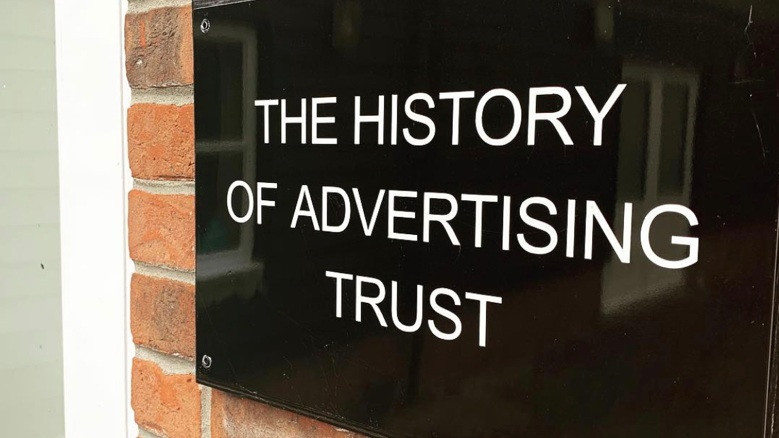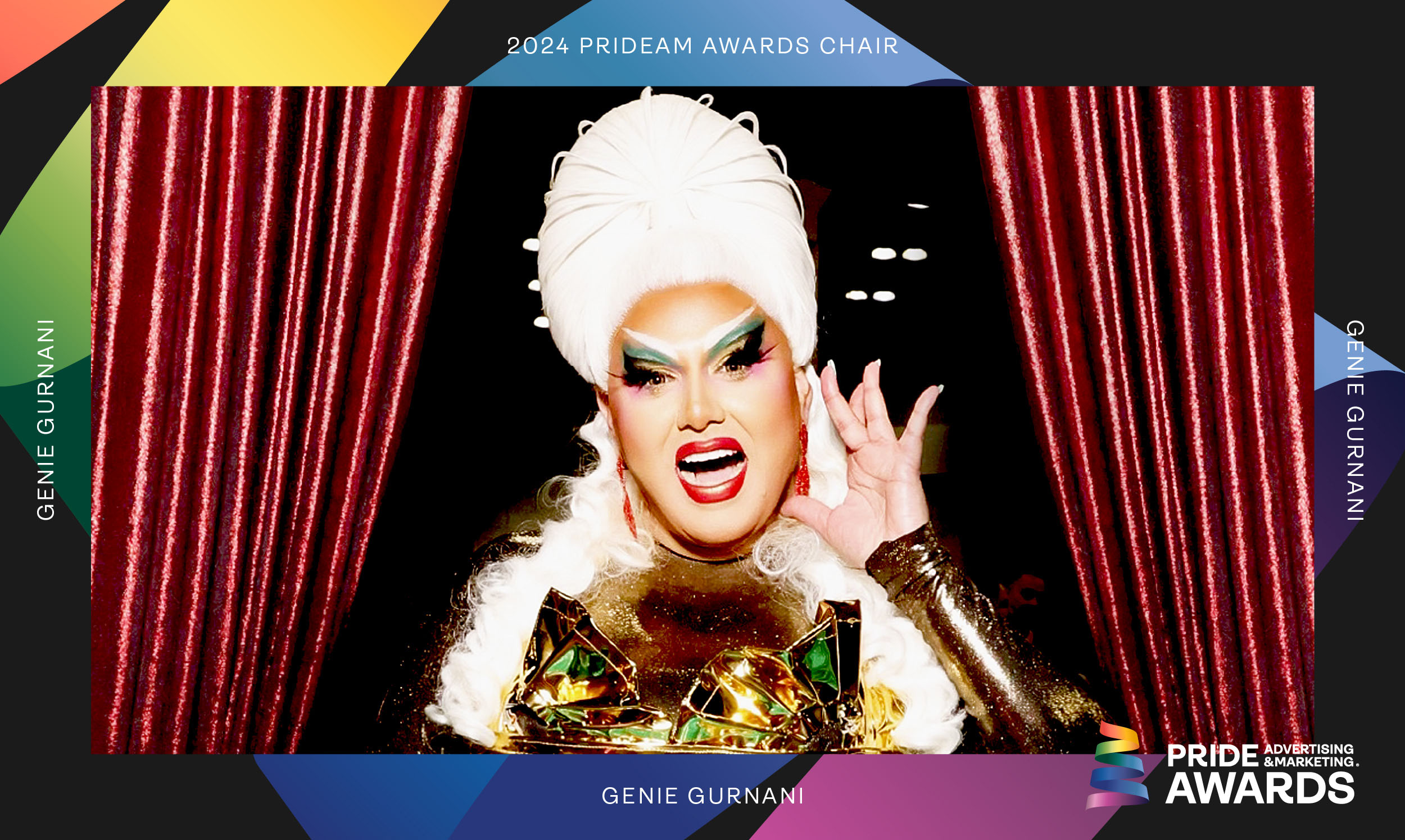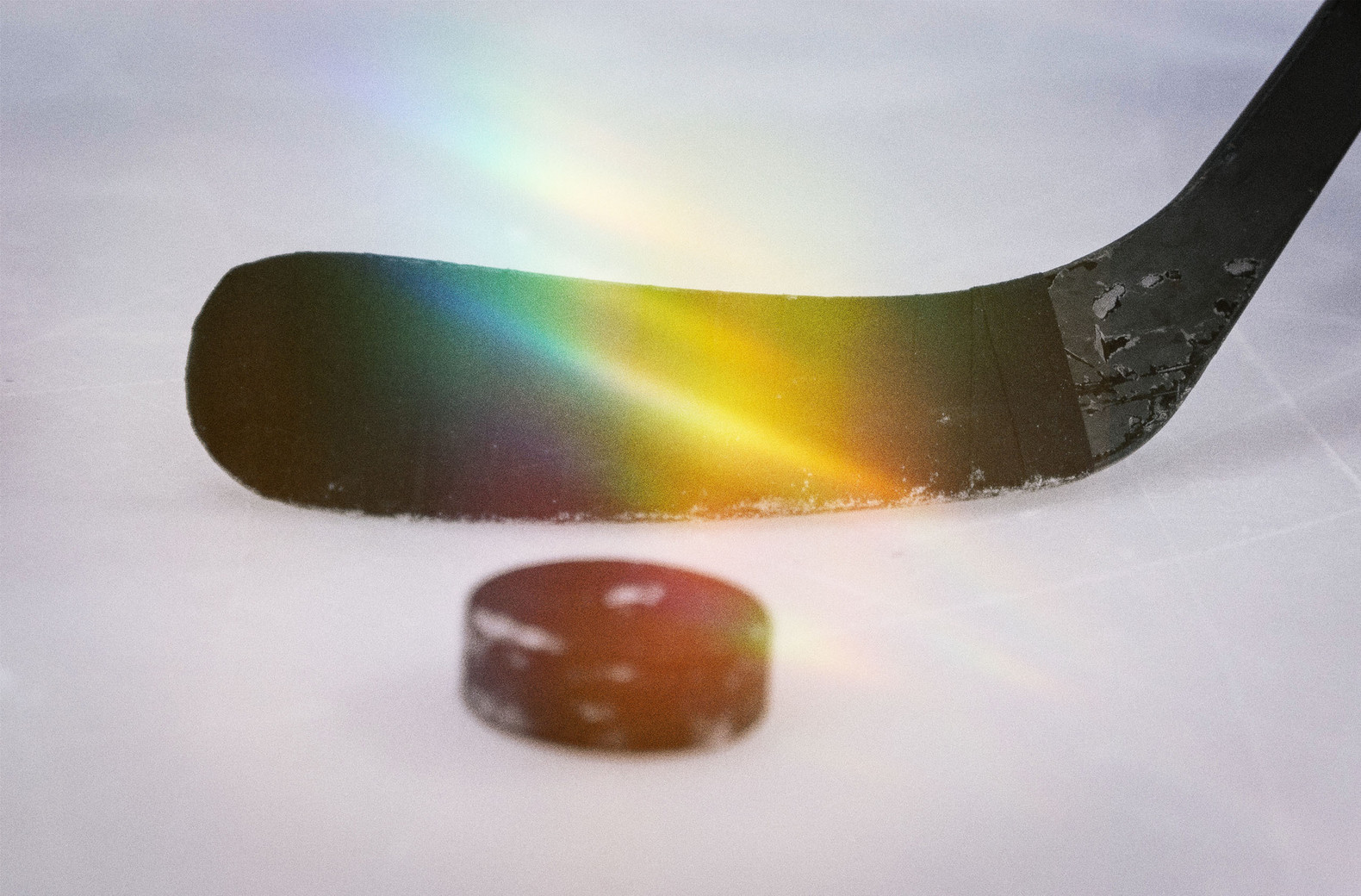The Queer World of Advertising
Written by PrideAM member Guy Duncan.

Written by PrideAM member Guy Duncan. Guy worked at Leo Burnett, JWT, DMB&B, Bates and Coley Porter Bell on the agency side. Most recently he was at Coca-Cola as Global Content Director in Atlanta. Currently he is consulting and studying for his MA at Goldsmiths in Queer History.
There are many critical reasons for studying queer history, as any history of humankind must include the whole story. Believing in and reading about the great LGBT+ figures and varied queer experiences of the past can only be inspiring for those of us who had very few role models or points of relevance when we were growing up. That’s why the unearthing of our collective history should be celebrated and is more of a priority for LGBT+ communities.
It’s why we at PrideAM have taken a longer, harder look at the history of advertising for us LGBT+ folk this LGBT+ History Month – celebrating the history that was banned during Clause 28 times and before.
Here are my first couple of write-ups this month as I search through the largest archive of UK advertising history in the country trying to shed light on any queer experiences and any ads that might have spoken to an LGBT+ audience among our esteemed UK advertising records.
Advertising? Queer? Not us, dear!
A couple of observations strike me as I eventually arrive in southern Norfolk, near Beccles, down a track road, 30 mins south east of Norwich, after a seemingly long long drive northeast of London, arriving at The History of Advertising Trust. (HAT)
- It’s quite a distance from the metrosexual city, and oh-so-quiet for a city-loving guy who lives near a cacophony of south London noise. Not. A. Sound. Dusty archives are living up to their reputations.
- Secondly, this incredible archive, which holds the largest set of records of UK advertising in the country, has never thought about queer advertising history, never had an exhibition on queer ads or marketing, and from what I can gather, hasn’t really ever thought about it before.
I think I’m going to see my worth in helping the HAT to pivot and think about diversity of all aspects for this institution – the archives represent the industry, and so the advertising history is dedicated to the history of straight, white, men, and how influential and powerful they’ve been across the decades when UK advertising has been pre-eminent in the world. So am surrounded by black and white posters of lots of moody-looking, white, straight (acting) men on the front pages of Campaign, with odd names. Much to do..
Not much at first glance on anything queer. But there have to be queer experiences, and queer lives that have remained hitherto untouched and un-discussed in UK Advertising.
As a result of my first visit, I have a list of objectives:
- To help unearth and celebrate queer stories in UK Advertising from times past.
- To help publicise these efforts.
- To share with them some ideas on queer diversity and marketing: what other museums, archives and public institutions are doing or have done.
- To move hearts and minds to a queer diversity footing, or at least find an appreciation for it.
Hence the first item, which I asked HAT to unearth: The UK’s first ever gay TV ad, featuring an obviously gay couple, which wasn’t on their website or in the online searchable function. And together we found it easily as it had won an award – a Bronze Arrow (high praise indeed!).
It’s a television ad from 21 years ago, 1998, an ad by Ogilvy and Unilever for the brand Impulse – the link is here to follow, and has a cameo from Quentin Crisp, no less.
It appeared 4 years after the first gay ad in the US, an Ikea TV commercial, which resulted in bomb scares and threats to their stores on the East Coast. No such histrionics from the temperate UK viewing population – appreciation with a smattering of British tuts and ASA complaints.
View the ad here
Most importantly it is now on the site, searchable as the UK’s first ever LGBT+ ad. I attach with it the articles from 1998 from Campaign Magazine and AdAge. As you will read – at the time, it was a pretty big deal! And RESULT – it’s now on the online archive as of this week.
Last thoughts from my first trip: we’re now deep in a post Will and Grace world, yet it’s astonishing how few gay-themed ads have made it onto UK screens since. Yes we have Male Gay celebrities endorsing middle England’s middle of the road brands, M&S (Graham Norton, Will Young) Elton John (John Lewis), or inviting working-class women to take the Daz doorstep challenge (Julian Clary), but non-celeb gay guys rarely impinge on adland’s “real world”. It begs the question – is there still much more to do?
Hunting Lesbians
I’m finding the “alphabet soup” of Ls, Gs, and Qs quite handy in identifying the first forays into this queer advertising world.
Why should the L’s be satisfied that the very first ad targeting and featuring a gay couple is predictably a male homosexual couple in 1998?
So I’m on the hunt for the first mainstream lesbian TV ad in the UK. And indeed it’s not at all simple.
First I have to define who and what constitutes the first lesbian ad – is it one featuring a well-known lesbian? Or one featuring a lesbian couple? Or one targeting everyday lesbians? There’s a difference.
Martina
Early lesbian TV ads therefore constitute anything that Martina Navratilova or Billie Jean King were endorsing at the time from the 90s onwards – and judging it based on the UK common knowledge that they were indeed established as lesbians. And that’s not always easy.
Below is an interesting Time Magazine ad produced in 1998, the same year as the supposed first gay ad, by BBH (Bartle Bogle and Hegarty) about Martina’s life, with the endline: “Step Out of Your World”.
Clearly this is more than just an ad about her as a tennis player….encouraging us, as readers of the magazine to be curious about others’ different lifestyles.
View the Time Magazine ad here
Martina has helped build the Subaru brand to lesbians in the US, but nothing explicitly ran in the UK advertising scene for it. So the hunt continues.
Hot Lesbians
Is it this effort – fast, fleeting and French? An Ad showing a lesbian kiss from Magnum in 2005, (interestingly a Unilever brand, the same stable as Impulse)?
View the Magnum ad here
But let’s be clear, it’s an ad that ran in the UK in 2005, produced by a French agency and French director, and France, let’s face it, is the birthplace of the word “chauvinist”.
Rosalind Gill has segmented the depiction of women in advertising, and shows us different identities:
“One Of them is the “hot lesbian” an identity portraying the fantasy of two or more lesbian women, whose physical appearance is considered “hot” according to conventional patriarchal beauty standards, engaging in “suggestive” lesbian behaviour, or explicit sexual activity.”
Something inside gives me an uncomfortable feeling – surely I can’t possibly land here for the first Lesbian mainstream TV ad in the UK? Besides, the moment itself…. it’s only 2/3 of a second long – hardly significant! The only thing I would say is that it’s not surprising: sex sells, so it is natural that the “hot lesbian” would be at the forefront and indeed this theme in advertising is having its’ day.
The normalisation of couples:
2018 has been a breakthrough year for the depiction of so-called normal lesbian couples.
This ad for Las Vegas entitled “Now and Then” got major attention for the normalising of Lesbian relationships in advertising.
View the Las Vegas ad here
And Maltesers ran this witty conversation about lesbian dating in the same year.
My Choice
But no no no, I’ve controversially decided to go way back…with this gorgeous black and white TV ad for Mothers Pride in 1968, starring Dusty Springfield:
1968 was her year: The pinnacle of success came with her album Dusty in Memphis, on which the singer, who’d long adored singers like Mavis Staples and Aretha Franklin, worked with legendary music producer Jerry Wexler, the man behind albums by Franklin and Ray Charles. Following that she was beset by drugs and relationship issues, and Springfield failed to capture the run of stardom she’d once enjoyed.
View the Mother’s Pride ad here
This TV ad is a wonderful musical number and she stars in it, fully sharing her persona and personality with us, and the year 1968 is the year in which rumours of her sexuality were dominating the gossip pages. The History of Advertising Trust is hunting it down for me in their collection and I’m going to have it labelled with key gender and sexuality words on their site.
I hope you enjoy it – Dusty sure was magical.




